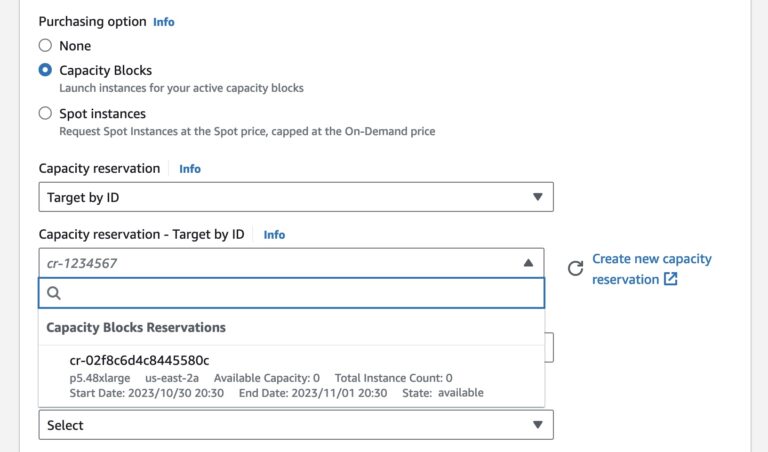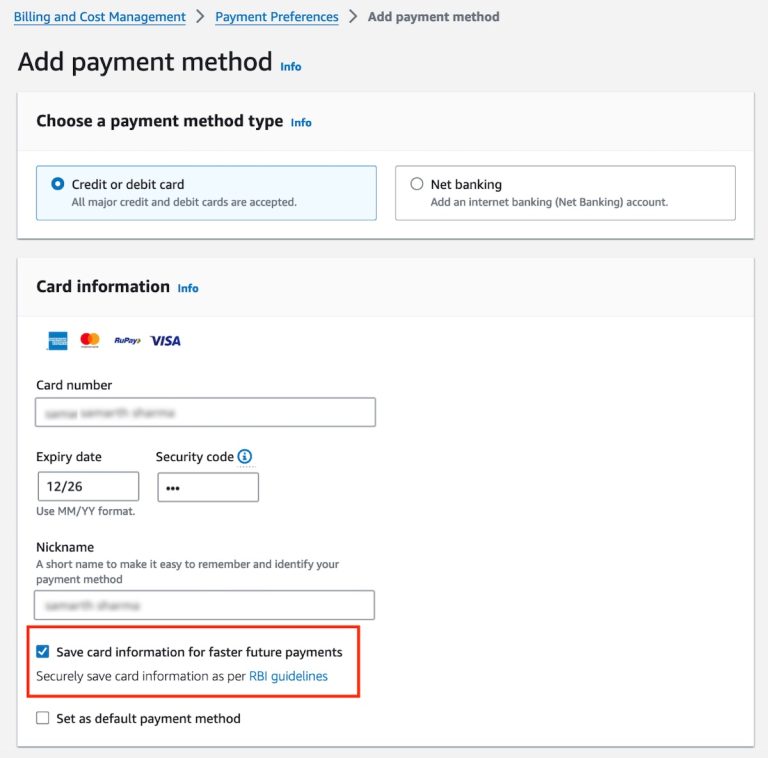Introduction
System logs are akin to a continuous, detailed journal that records events and activities happening within a computer system. These logs are pivotal for diagnosing problems, understanding user activities, and ensuring the security and smooth functioning of systems.
At the heart of effective log management lies Logrotate, a robust utility designed to simplify the maintenance of log files that tend to grow endlessly. This tool automates the process of rotating, compressing, and managing log files, ensuring that they remain manageable and useful.
Understanding System Logs
System logs can be categorized into various types, such as application logs, event logs, service logs, and security logs. Each type serves a specific purpose, offering insights into different aspects of the system’s operation.
Monitoring system logs is crucial for security and performance. It aids in identifying potential security breaches, system failures, and performance bottlenecks, enabling proactive measures to mitigate risks.
One of the primary challenges in log management is the sheer volume of data generated. Without efficient management, log files can consume significant storage space and become unwieldy, making it difficult to extract useful information.
An Overview of Logrotate
Logrotate emerged as a solution to the problems posed by unmanaged log files. Its development has been driven by the need for a more efficient way to handle log files in various Unix-like systems.
Logrotate is celebrated for its flexibility and ease of use. It allows users to specify how often logs should be rotated, how many backup copies should be kept, and how logs should be compressed.
Setting up Logrotate typically involves installing the package through a system’s package manager and creating a basic configuration file that specifies how different log files should be handled.
Configuring Logrotate for Effective Log Management
Logrotate’s behavior is governed by its configuration files, which dictate how it manages specific log files. These files are usually located in /etc/logrotate.conf and /etc/logrotate.d/.
Log rotation schedules are at the core of Logrotate’s functionality. They determine how frequently logs are rotated, based on time or the size of the log file.
Deciding how long to retain log files is crucial for balancing between historical data analysis and efficient use of storage space. Logrotate allows for precise control over this aspect.
Beyond basic rotation, Logrotate offers a suite of options for customizing the process, such as compressing old versions of logs, setting rotation count limits, and creating new log files after rotation.
Advanced Logrotate Techniques
For systems generating multiple log files, Logrotate can be configured to handle each file differently, based on specific requirements for rotation and retention.
Logrotate can execute custom scripts after rotating a log, allowing for additional actions like restarting services or triggering alerts.
Understanding common error conditions and how to troubleshoot them is vital for maintaining an effective log rotation strategy.
Logrotate’s functionality can be extended by integrating it with other log analysis tools, providing a comprehensive log management solution.
Monitoring and Analyzing Logs
There are various tools available for analyzing logs, each with unique features suited for different types of analysis. This section would explore some popular options.
Understanding how to read and interpret common log entries is essential for diagnosing issues and optimizing system performance.
Logs are a treasure trove of information that can be used to optimize system performance. This section would provide tips on leveraging log data for this purpose.
Conclusion
Logrotate stands out as a vital tool in the arsenal of system management, offering a balance between simplicity and powerful functionality. By leveraging its capabilities, administrators can not only maintain their systems more effectively but also contribute significantly to their organization’s overall technological health and security.





